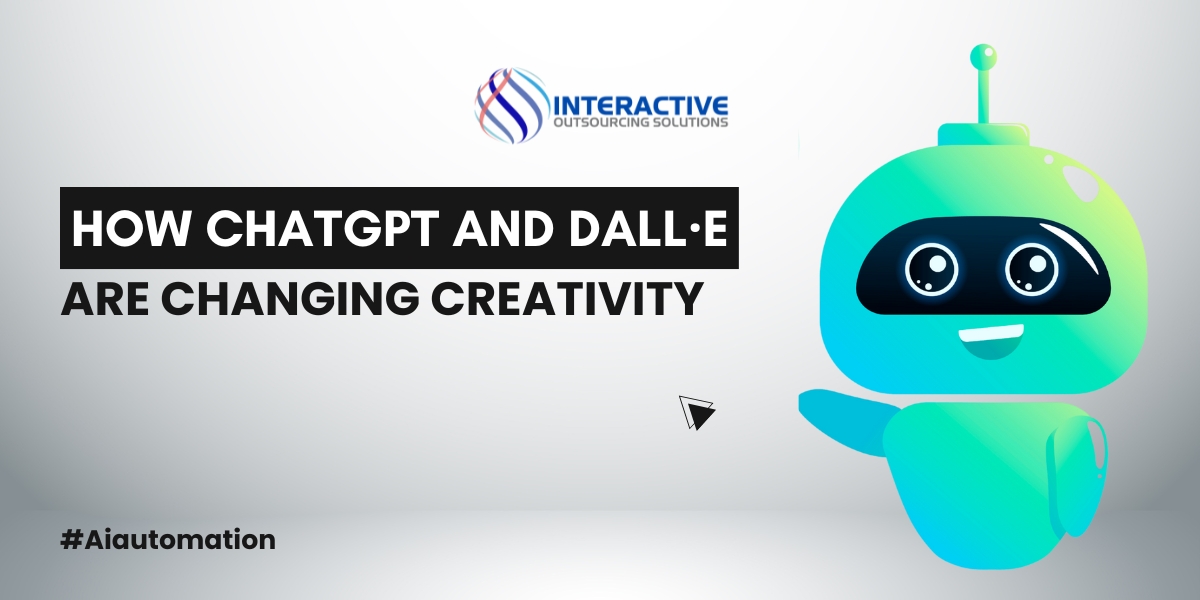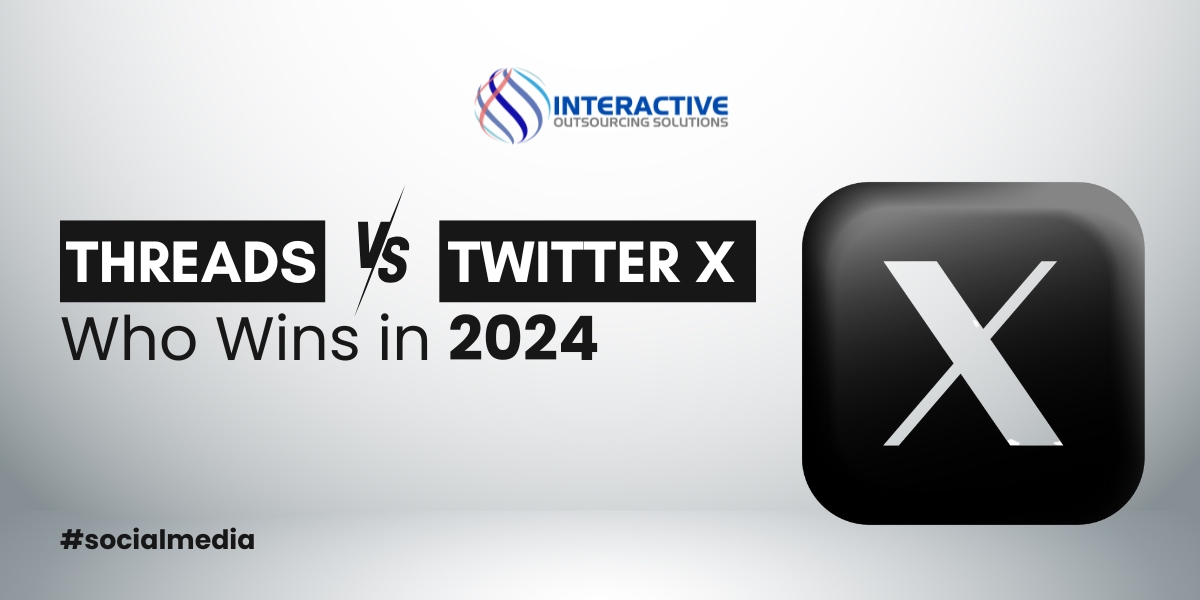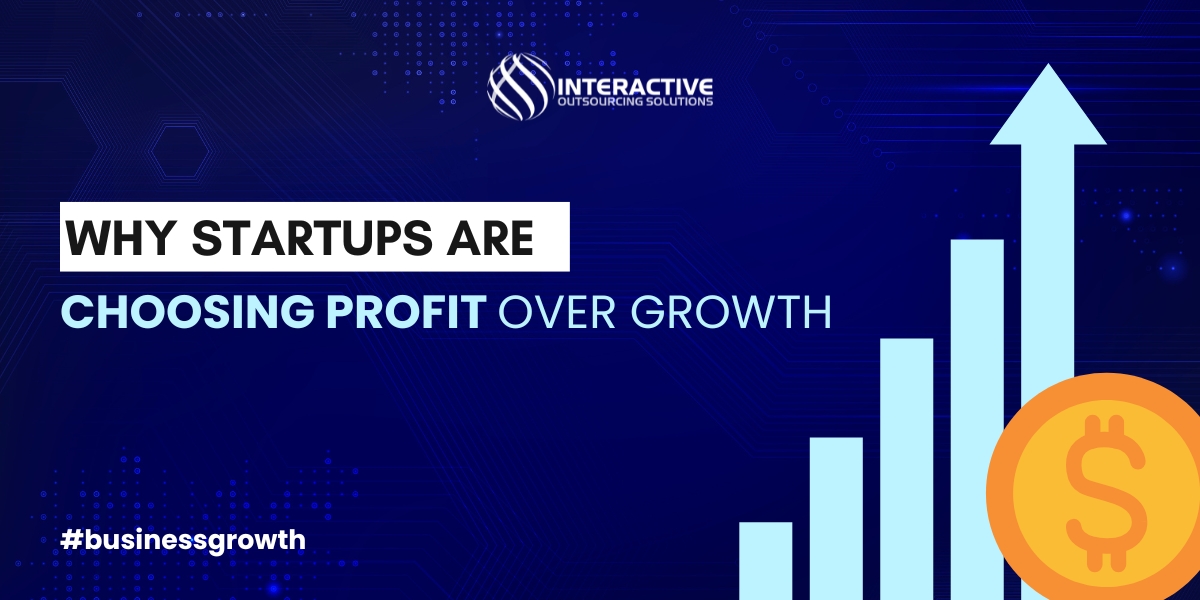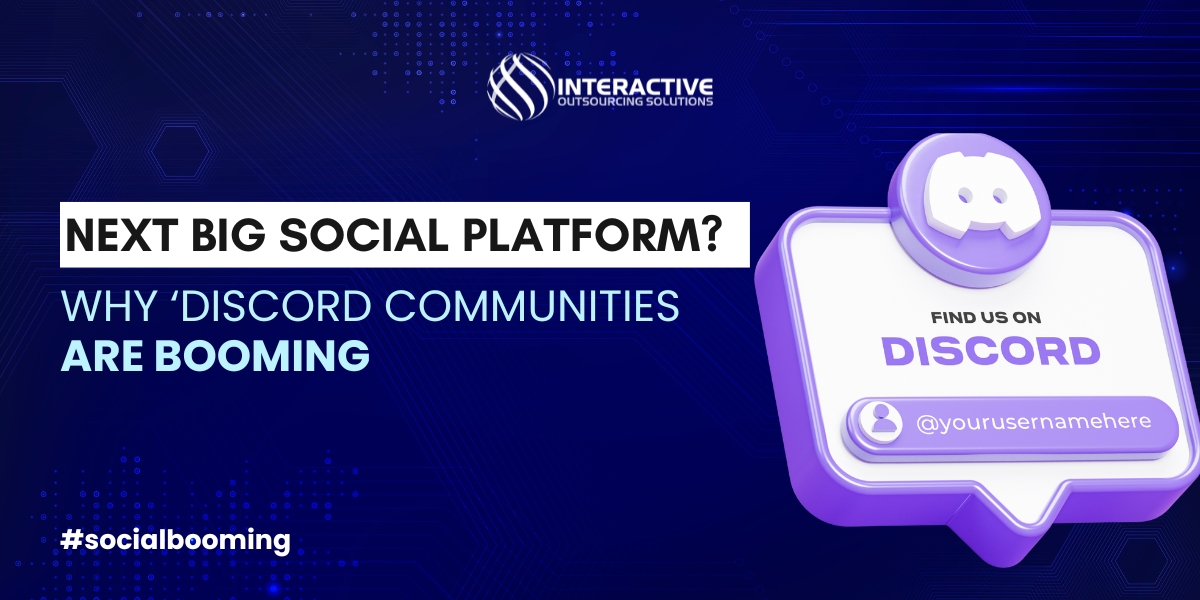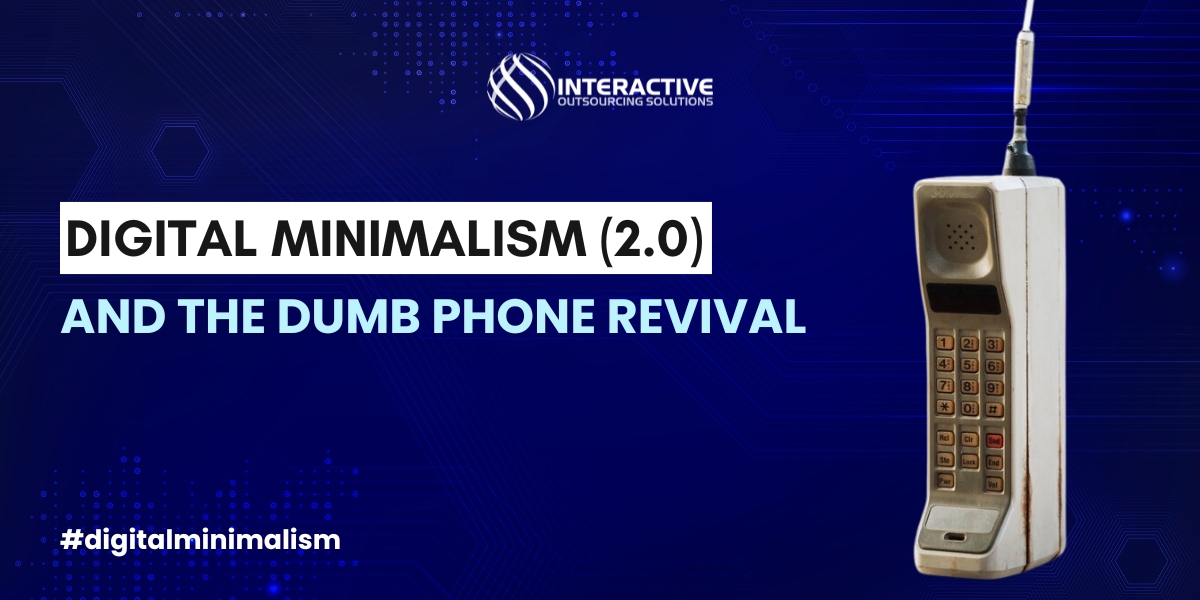Share
- In this blog, we’ll explore:
- What Is Generative AI?
- Key Players in Generative AI
- How ChatGPT Is Revolutionizing Writing & Content Creation
- 1. AI Writing Assistant Tools
- 2. AI-Powered Storytelling
- 3. Ethical Concerns: AI Plagiarism & Copyright
- 1. How DALL-E Works for Digital Artists
- 2. AI Art vs. Human Creativity
- 3. Can AI Replace Human Artists?
- 1. AI in Advertising & Marketing
- 2. New Career Opportunities
- 3. Will AI Eliminate Creative Jobs?
- Ethical Implications of AI-Generated Content
- How to Use Generative AI Responsibly
- Conclusion: AI as a Creative Partner
- FAQs About Generative AI
The rise of generative AI tools like ChatGPT and DALL-E is revolutionizing how we approach creativity. From writing and design to music and marketing, artificial intelligence is no longer just an assistant—it’s becoming a creative partner. But what does this mean for artists, writers, and businesses? Will AI enhance human creativity or replace it?
In this blog, we’ll explore:
– What generative AI is and how it works
– The impact of ChatGPT for creative writing and DALL-E art generation
– Ethical concerns, including AI copyright issues
– The future of creative jobs with AI
– How professionals can leverage AI tools for innovation
What Is Generative AI?
Generative AI refers to artificial intelligence models that can create new content—text, images, music, and even code—based on user inputs (prompts). Unlike traditional AI, which analyzes data, generative models produce original outputs by learning from vast datasets.
Key Players in Generative AI
- ChatGPT (by OpenAI) – A large language model (LLM) that generates human-like text for writing, brainstorming, and coding.
- DALL-E & MidJourney – AI tools that turn text prompts into high-quality digital art.
- Synthesia & Murf – AI-powered video and voice generation tools.
- Amper Music & AIVA – AI systems that compose original music.
These tools are transforming creative industries, but they also raise questions about artistic originality and AI ethics.
How ChatGPT Is Revolutionizing Writing & Content Creation
1. AI Writing Assistant Tools
ChatGPT helps writers by:
– Generating blog post ideas and outlines
– Overcoming writer’s block with instant suggestions
– Drafting marketing copy, emails, and scripts
Many content creators now use ChatGPT for brainstorming, but human editing remains crucial for authenticity.
2. AI-Powered Storytelling
Some authors experiment with AI-generated fiction, blending human creativity with machine-generated plots. However, debates continue: Can AI replace human writers?
3. Ethical Concerns: AI Plagiarism & Copyright
AI plagiarism detection tools (like GPTZero) help identify machine-generated text.
-Should AI-generated content be copyrighted? Legal systems are still catching up.
DALL-E & AI Art Generation: A New Era for Designers
1. How DALL-E Works for Digital Artists
– Users input text prompts (e.g., “a cyberpunk city in neon lights”).
– The AI generates unique images in seconds.
– Artists refine outputs using tools like Photoshop AI or Procreate.
2. AI Art vs. Human Creativity
Pros: Speeds up workflows, inspires new styles, democratizes art creation.
Cons: Raises concerns about art theft (AI trained on copyrighted works).
3. Can AI Replace Human Artists?
While AI excels at speed and iteration, human artists bring emotion, intent, and cultural context elements that AI still struggles with.
The Future of Creative Jobs with Generative AI
1. AI in Advertising & Marketing
Brands use AI-generated content for:
Personalized ad campaigns
Automated social media posts
AI voiceovers and virtual influencers
2. New Career Opportunities
Prompt Engineering – Crafting effective AI inputs for better outputs.
AI-Human Collaboration – Artists and writers using AI as a creative enhancer.
3. Will AI Eliminate Creative Jobs?
Experts believe AI will reshape, not replace, creative roles. The key is adaptation—learning to work alongside AI tools.
Ethical Implications of AI-Generated Content
- Copyright Issues – Who owns AI-generated art?
- Deepfakes & Misinformation – Risks of AI-generated fake media.
- Bias in AI Models – Training data can reinforce stereotypes.
Regulations and ethical AI practices are needed to address these challenges.
How to Use Generative AI Responsibly
- Disclose AI Use – Be transparent when content is AI-assisted.
- Combine AI with Human Input – Use AI for drafts, refine with personal creativity.
- Stay Updated on AI Ethics – Follow discussions on AI copyright laws.
Conclusion: AI as a Creative Partner
Generative AI tools like ChatGPT and DALL-E are changing creativity, but they’re not replacing human ingenuity. Instead, they’re opening new possibilities for artists, writers, and businesses willing to embrace AI as a collaborator.
The future belongs to those who balance AI efficiency with human originality. Will you adapt and innovate—or resist the change?
FAQs About Generative AI
Q: Can AI-generated art be sold?
A: Yes, but platforms like Etsy and Redbubble have policies on AI art. Always check guidelines.
Q: Is ChatGPT free to use?
A: OpenAI offers both free and paid (GPT-4) versions.
Q: How do I detect AI-written content?
A: Tools like GPTZero and Originality.ai analyze text for AI patterns.

